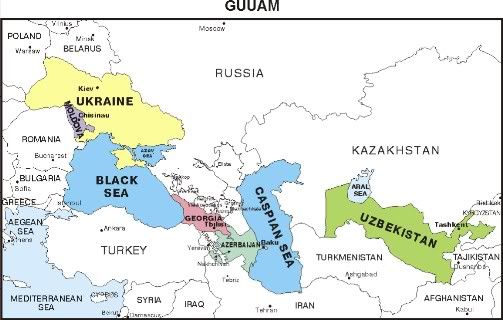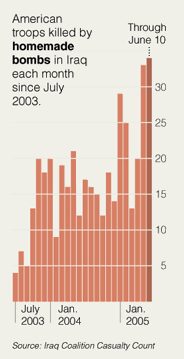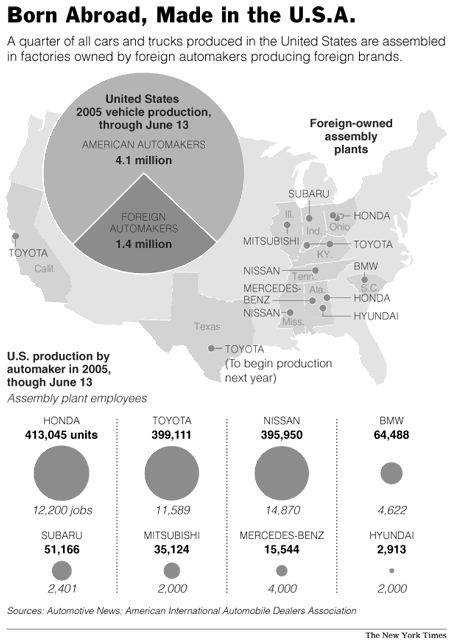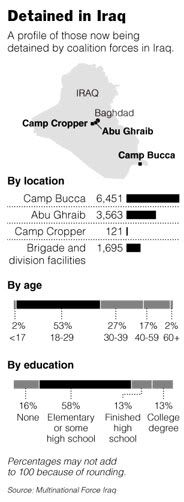 Having dumped Black brokers who emerged from movement politics, the Democratic Party cultivated the great white hope of a Black politician, Barack Obama, whose message on race and class would never alarm even the most anxious white mind: "There's not a black America and white America and Latino America and Asian America; there's the United States of America" (Barack Obama, Keynote Speech at the Democratic National Convention, Boston, 27 Jul. 2004).
Having dumped Black brokers who emerged from movement politics, the Democratic Party cultivated the great white hope of a Black politician, Barack Obama, whose message on race and class would never alarm even the most anxious white mind: "There's not a black America and white America and Latino America and Asian America; there's the United States of America" (Barack Obama, Keynote Speech at the Democratic National Convention, Boston, 27 Jul. 2004).What does Obama have to say about George W. Bush's latest speech on the Iraq War?
Obama waxes hawkish: "I believe the president must take a realistic look at our current strategy and reshape it into an aggressive and workable plan that will ensure success in Iraq" (emphasis added, Barack Obama, qtd. in Dori Meinert/Copley News Service, "Dems, GOP Differ on Bush Speech," The Lincoln Courier, 29 Jun. 2005). In other words, No Exit. What's his plan, then?
"It is a challenge now to try to fix the mess that has been made by this administration," Sen. Barack Obama (D-Ill.) said in an interview. "There aren't any easy answers. It would be irresponsible to just spout off without having thought through what all the alternatives -- and implications of those alternatives -- might be." (Charles Babington and Dan Balz, "Democrats Press Bush Harder on Iraq: Words Reflect Drop in Public Support for War," Washington Post, 22 Jun. 2005, p. A6)Should he not have thought about "all the alternatives" to the continuing occupation of Iraq and their "implications" by now, especially since he had already thought about what to do about Iran (David Mendell, "Obama Would Consider Missile Strikes on Iran," Chicago Tribune, 25 Sept. 2004)?
Surely, the American people "want and deserve better answers about where we go from here in Iraq" (Barack Obama, qtd. in Mark Silva, "Bush: Iraq Is Worth Sacrifice: President Invokes Sept. 11 in Appeal for Support," Chicago Tribune, 29 Jun. 2005) than Bush's insistence that their sacrifice is worth it; but they also want and deserve better answers than what Obama delivers.





 Jordan's independent Al-Arab Al-Yawm newspaper said it had already received a copy of the Arabic-language book titled "Ekhroj minha ya mal'un", which can be translated into "Damned one, get out of here".
Jordan's independent Al-Arab Al-Yawm newspaper said it had already received a copy of the Arabic-language book titled "Ekhroj minha ya mal'un", which can be translated into "Damned one, get out of here". In the latest installment of
In the latest installment of 






